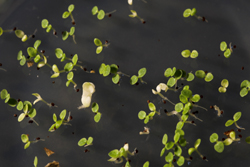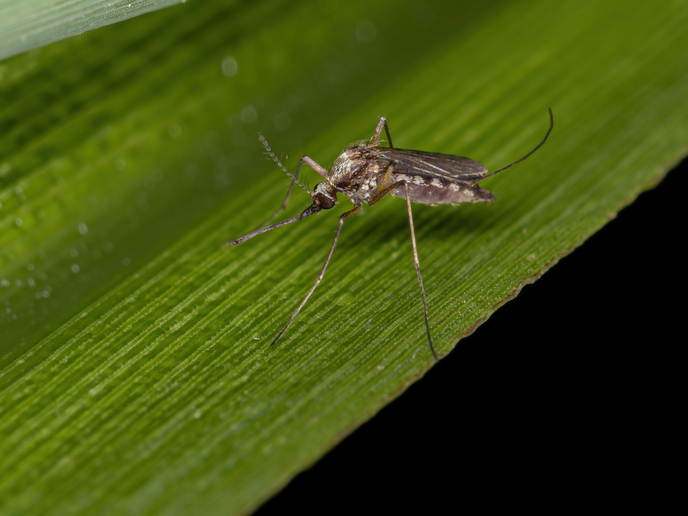From little things big things grow
Thale cress or Arabidopsis thaliana is a very popular subject for research. For example, the European Space Agency investigated the effects of weightlessness on its cell cultures on the Maxus 7 rocket. It is easy to cultivate and has a very short life cycle. As such, it is also a common model plant for genetic research and was one of the first plants to be sequenced. Traits like growth rate are genetically complex and it follows that they are bound to be highly polygenic and affected by many small-effect quantitative trait loci (QTL). Previous to a study by NATURAL, a European project researching genetic variation in Arabidopsis, only the impact of large effect QTLs had been the focus of scientific attention. Scientists at the Max Planck Society in Germany analysed a stretch of A. thaliana DNA one centiMorgan in length for genes having an influence on plant growth. The length is significant because within this piece of DNA, recombination is less than one percent likely. Consequently, there will be no separation of markers in that region and the sequence is therefore likely to remain intact. Within this relatively small piece of DNA, the team found two small QTLs involved in growth rate. Interestingly for plant breeders, they both had a modifying effect on other genes and therefore could be viewed as highly epistatic. Moreover, one of the genes coded for a protein kinase, a growth regulator. This particular gene was found to actively maintain genetic polymorphism. The phenomenon of balancing selection has important significance for plant breeding in encouraging and maintaining genetic variability. Only a fraction of the DNA potential for regulation of growth rate in A. thaliana was analysed in this investigation. If this is typical of its genetic structure, thale cress is a possible source of great genetic potential to be transferred to crop plants with commercial viability.







